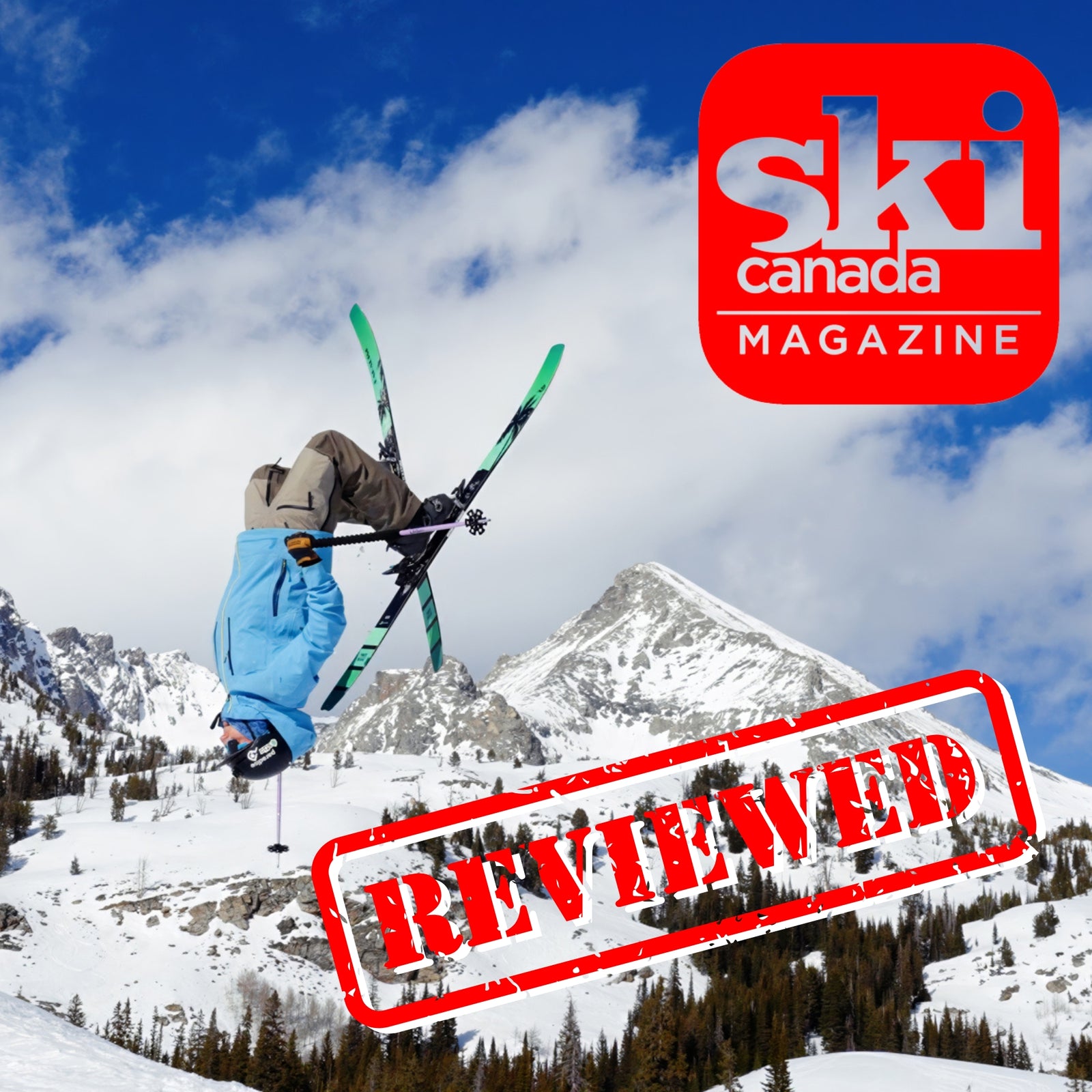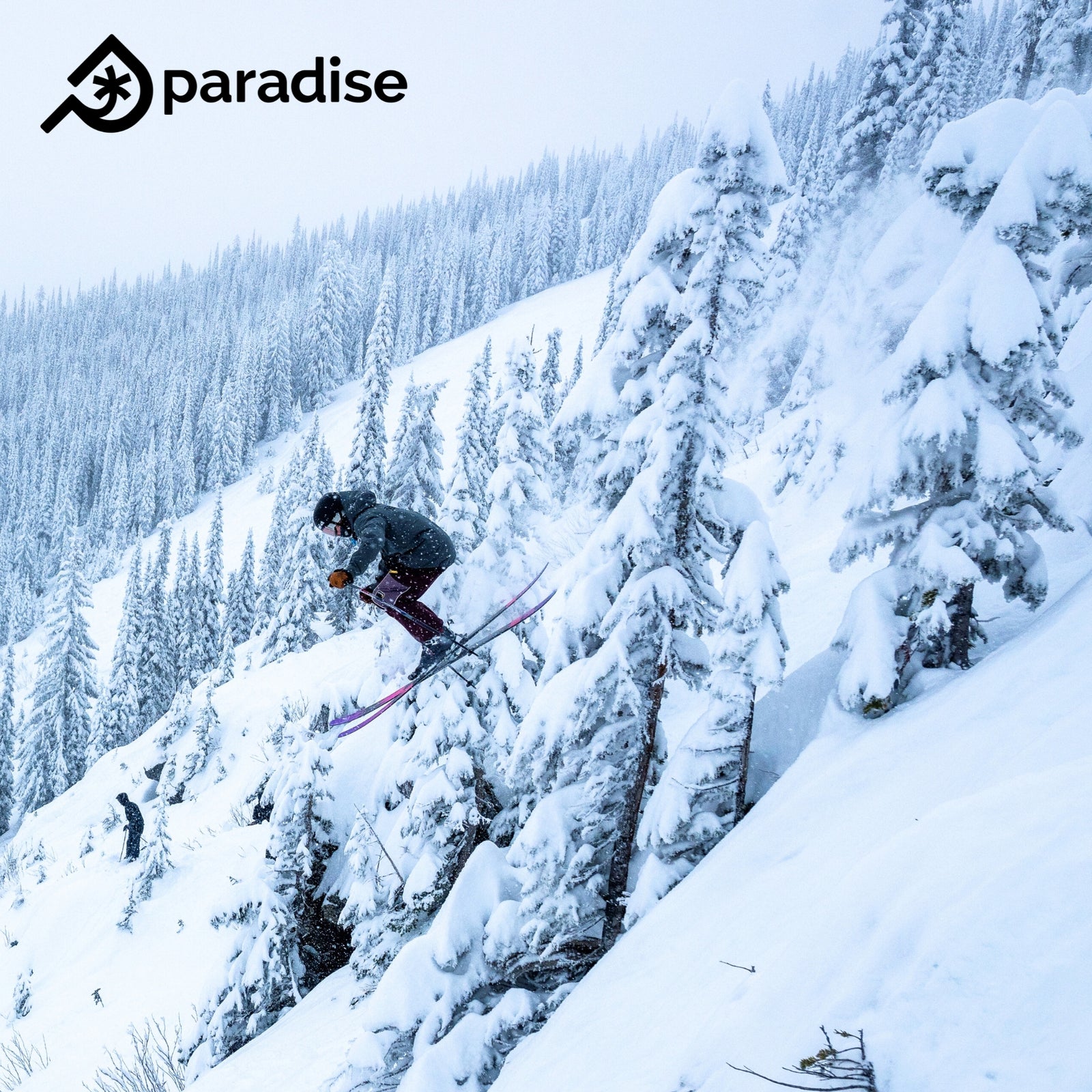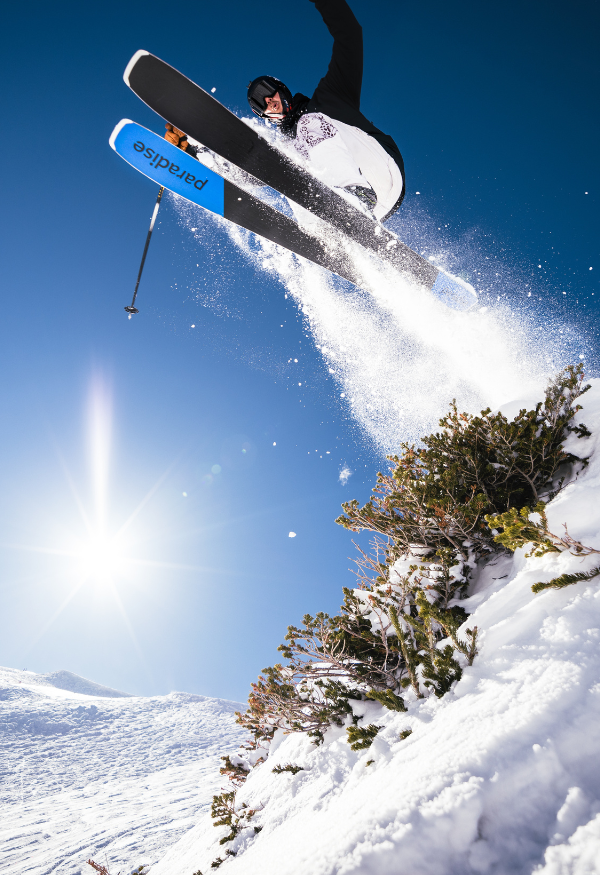Your Cart is Empty
#anotherdayinparadise
#anotherdayinparadise
SKIS & BOARDS
ABOUT US
Accessories
Bindings
Choosing The Right Ski Bindings
January 04, 2022 3 min read

How To Choose The Right Ski Bindings
When looking for bindings, the most important question is, where will I be skiing? The resort, backcountry, or a mix of both? If you’re only on resort, a traditional alpine binding is best for you. Getting into a pure backcountry setup? Get yourself a touring binding. Seeking one pair of skis that does it all? Go for a hybrid binding.
Alpine Bindings
Resort bindings tend to be bulkier than their touring counterparts; the higher the DIN, the bulkier they get. Typically bindings with higher DINs are targeted towards advanced and expert skiers.
Downhill ski bindings serve two primary purposes. Firstly, they hold your boot in place so you can better control your skis, and second, they release you from your skis if you fall to help prevent injury.
Touring Bindings
For touring bindings (sometimes called backcountry or alpine touring bindings), their purpose is to allow you to explore beyond ski resorts - no chair lift, no problem! Touring bindings let your heel lift so you can hike up on your skis; when ready to descend, they lock your heel into place.
These bindings come in multiple styles: frame, tech, and telemark; each with different pros, cons, and purposes. For the sake of simplicity, I will not be getting into the differences between them in this blog. Keep both strength and weight in mind for touring bindings; you want a strong binding, but any added weight beyond what you need adds up when ascending.
Hybrid Bindings
As the name suggests, Hybrid bindings (often called Low Tech Hybrid Bindings or Hybrid AT Bindings) are a combination of Alpine and Touring bindings. The primary advantage of these is that you only need one binding both on and off the resort. They also increase safety for downhill skiing compared to touring bindings but do have added weight.
Hybrid bindings have divided opinions; most skiing enthusiasts will have a separate set of skis for both backcountry and resort - each with purpose-dedicated bindings. Not everyone can afford - or needs - two setups, but if you decide to go with Hybrids be aware that you might be getting a Jack-Of-All-Trades but master of none.
After deciding the type of binding you’re after, look into the DIN and Brake Width that you need.
What is DIN?
DIN is an acronym for Deutsches Institut für Normung, or, the German Institute for Standardization. Essentially DIN is an industry-wide scale of release force for bindings; your DIN is set based on your height, weight, and skill level.
The lower your DIN setting, the quicker your bindings will release under force. Therefore most advanced skiers like bindings with a high DIN to prevent premature release. We highly recommend speaking to an expert at your local ski shop when setting your DIN.
What is Brake Width?
The arms (brakes) attached to the heel piece of your bindings stick out over the sides of your skis and are designed to stop your skis after being released so that you can quickly get them. Without brakes, there would be a lot of loose skis making it to the bottom of a groomer.
The width of your brakes is decided by how wide the waist width of your ski is. For example, on my Red Skis (100mm waist), I have a 115mm brake width. If your brakes are too narrow they will catch the edge of your ski and not deploy properly; if brakes are too wide they might drag when your skis are on edge. You typically want your brakes to be no more than 15mm wider than your skis.
What Does The Paradise Team Ride?
Often we’re asked what bindings we have on our setups; while preferences vary, here’s what we’re currently running.
Cam
Blue Ski
Plum Pikas: full metal touring binding with a Pin-Tech toe piece, heel risers, heel pad, and removable brakes.
Red Ski
Salomon Shifts: hybrid binding with a two-mode toe piece and beefy heel that works with both regular or touring ski boots.
Adam
Blue Ski
Marker Kingpin: hybrid binding with a Pin-Tech toe piece and an alpine-style heel.
Red Ski
Salomon Shifts: popular among the team for a reason - they’re one of the best hybrid options on the market.
Ethan
Blue Ski
G3 Ion: very user-friendly and reliable Pin-Tech touring binding with two heel lift options.
Red Ski
Look Pivot 12: resort binding with a pivoting turntable heel that helps minimize pre-release to help prevent injury.
What are your current bindings? Let us know!
Looking for binding reviews? Check out the Blister Winter Buyers Guide or Switchback Travel.
Leave a comment
Comments will be approved before showing up.
Also in Blog

SKI CANADA MAGAZINE - VICE TOUR REVIEW
November 28, 2024 2 min read
A review on our VICE TOUR freeride toruing ski by Ski Canada Magazine! Read the full review here.
Read More
Pre-Ski Workout: 4 Exercises to Get You Ready For Ski Season
August 20, 2024 5 min read
Four great exercises to help you get in shape for this ski season!
Read MoreSubscribe
Sign up to get the latest on sales, new releases and more …
Stay up to date with us!
Stay up to date with your favorite ski company! Free stickers, events, discounts, and news; no spam - we promise.

SUBSCRIBE TODAY
Paradise Newsletter Subscribers receive exclusive deals and hear news first!

